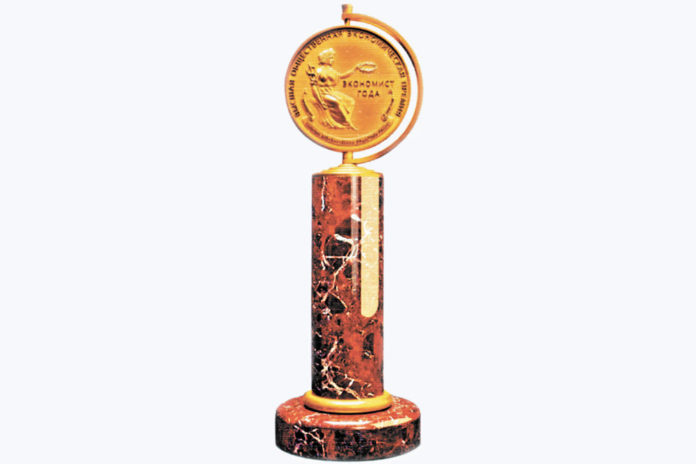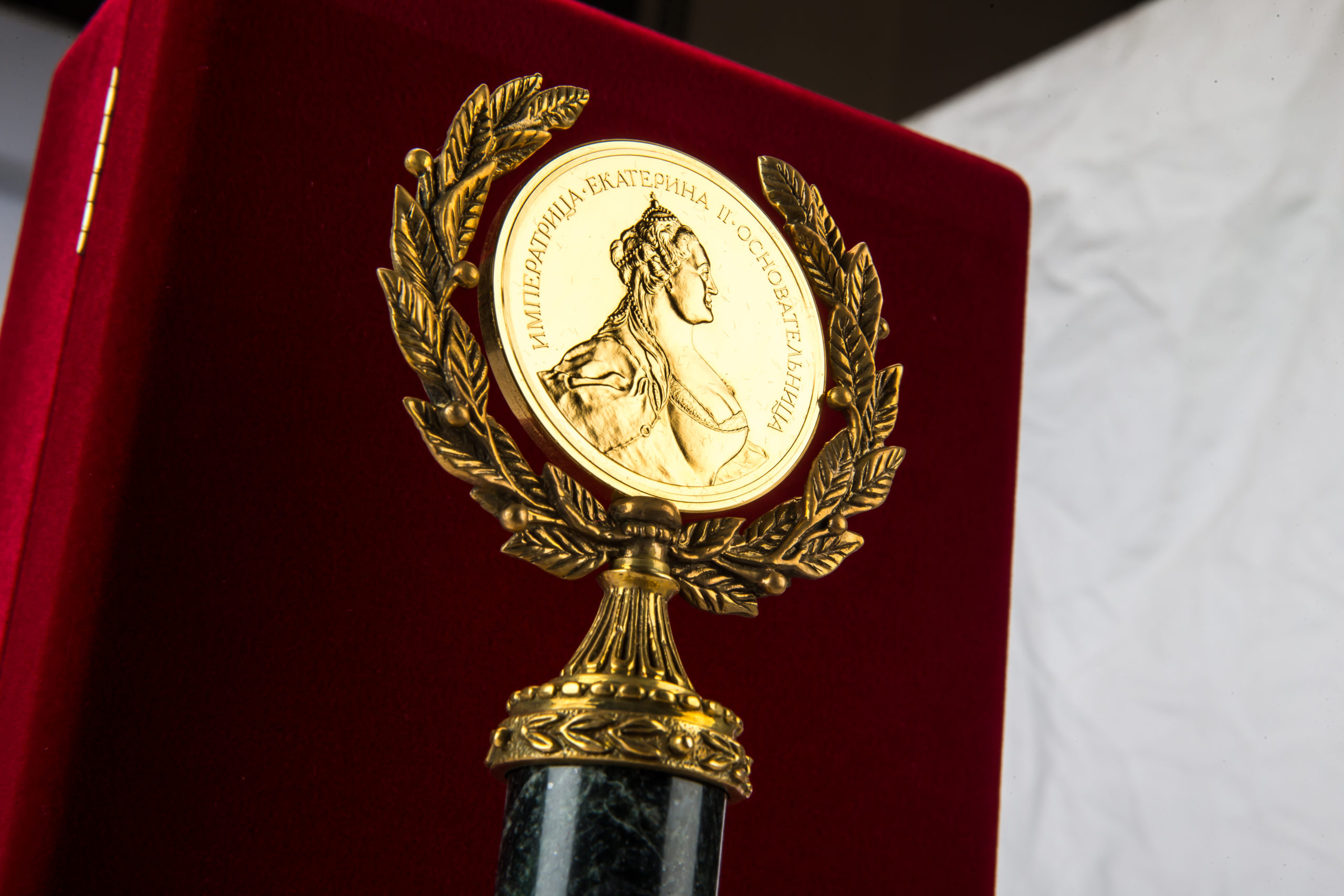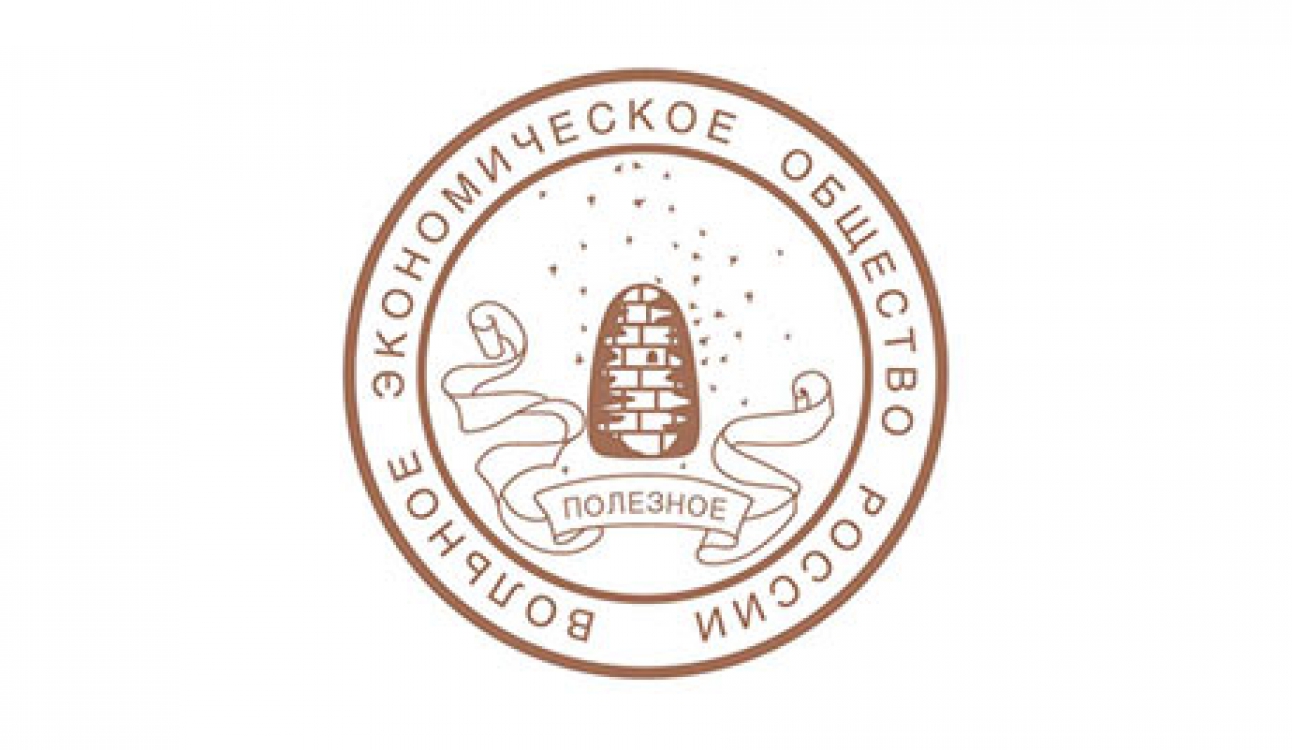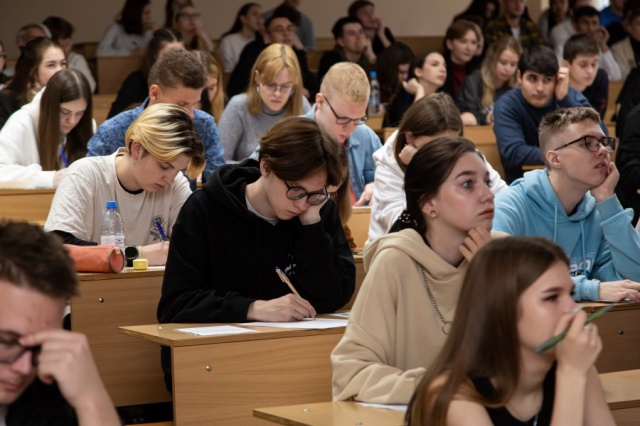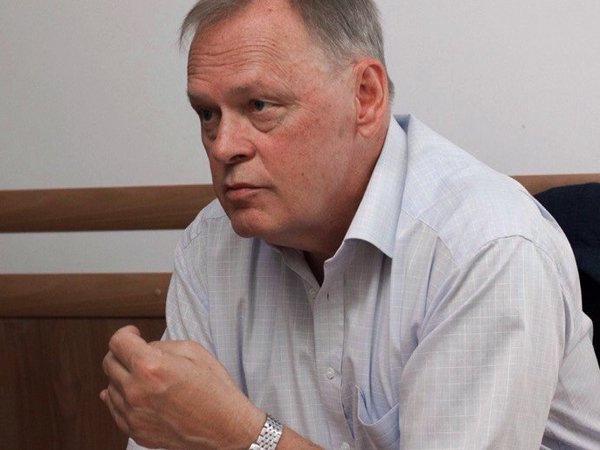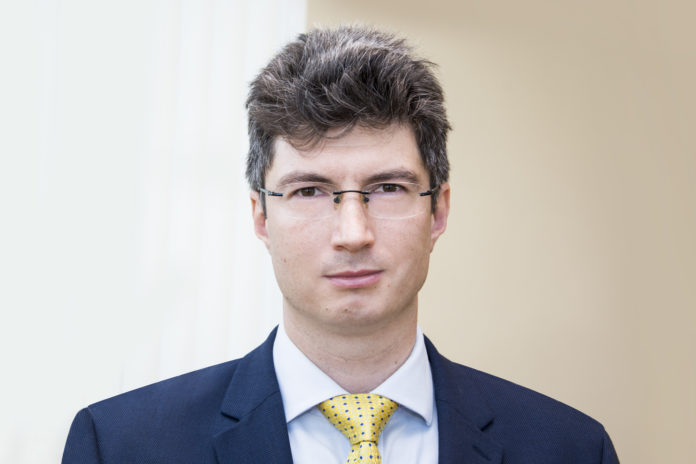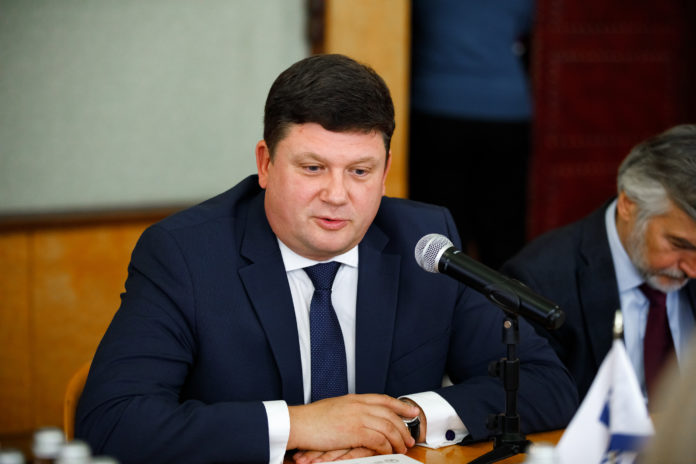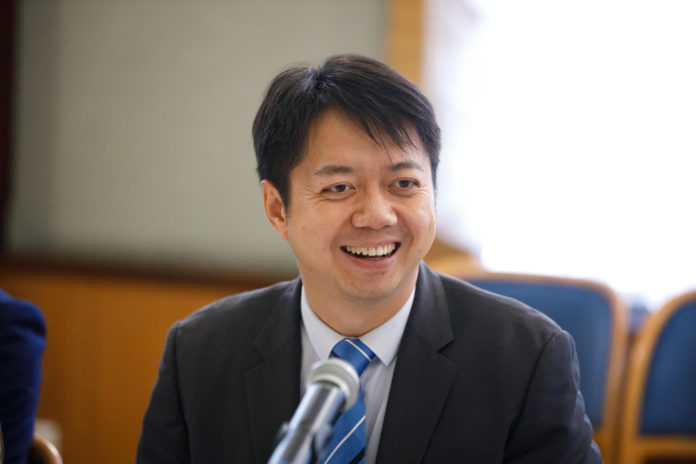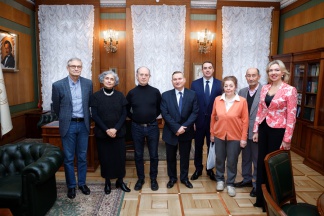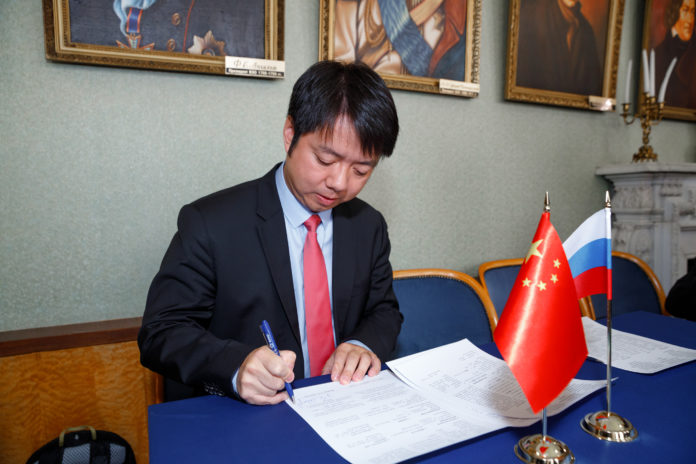This year marks anniversaries of two outstanding Russian statesmen Peter the Great and Pyotr Arkadyevich Stolypin who were born 350 years and 160 years ago respectively. Many of the tasks which Pyotr Stolypin and Peter I faced in those times are still relevant nowadays. This is both the modernization of the economy and the growth of the welfare of the population. What lessons can be learned from their reforms today?
Based on the materials of the round table «Transformations in Russia: from Peter the Great to Pyotr Stolypin» (April 14, 2022). Organizers: Russian Historical Society and Free Economic Society of Russia. The event took place as part of the IV Moscow Academic Economic Forum.
Interlocutors:
Sergei Evgenievich Naryshkin,
Chairman of the Russian Historical Society, Chairman of the Board of the History of the Fatherland Foundation
Yuri Alexandrovich Petrov,
Director of the Institute of Russian History of the Russian Academy of Sciences
Valentin Valentinovich Shelokhaev,
Chief Researcher, Head of the Center “History of Russia in the 19th — early 20th centuries” of the Institute of Russian History of RAS
Alexey Lvovich Rakhmanov,
General Director of the United Shipbuilding Corporation
Andrei Klepach,
Chief Economist at VEB.RF, Member of the Board of the VEO of Russia
Valery Anatolievich Kryukov,
Director of the Institute of Economics and Organization of Industrial Production of the Siberian Branch of the Russian Academy of Sciences, Academician of the Russian Academy of Sciences
Kirill Andreevich Solovyov,
Chief Researcher at the Institute of Russian History of RAS, Professor
Konstantin Mogilevsky,
Chairman of the Board of the Russian Historical Society, Executive Director of the History of the Fatherland Foundation
Alexander Dmitrievich Nekipelov,
Director of Moscow School of Economics of Moscow State University M. V. Lomonosov, Academician of the Russian Academy of Sciences, Vice-President of the VEO of Russia
Naryshkin: Today marks the 160th anniversary of the birth of Pyotr Arkadyevich Stolypin, and in less than two months we will celebrate the 350th anniversary of Peter the Great. The fates of these great reformers seem to echo each other, despite the fact that each of them belonged to his era, played the historical role assigned to him. The first emperor, Peter the Great, and “the last knight of the monarchy,” as Stolypin’s contemporaries called him, were united by sincere faith in his people, patriotism, and a willingness to take responsibility for tough and often unpopular decisions. Both of them thought in truly historical horizons, clearly realizing the fact that both anarchy and the inability to keep up with the times are harmful for Russia.
Over the centuries, historians have assessed the significance of Peter’s reforms in different ways. Some praised his outstanding achievements, others noted the other side of this medal. Peter the Great unwittingly had to split Russia, as the philosopher Georgy Fedotov wrote about this, “into two societies, two peoples that ceased to understand each other.” The division into a Europeanized minority and a traditional majority became a birth trauma of the Russian Empire, later becoming the cause of its collapse. However, do we or anyone else have the right to make claims against Peter? In the face of the challenges of his time, he did what he had to do: he saved Russia. The responsibility lies more with his heirs who did not see or could not recognize the growing threat and did not take the liberty of decisively intervening in the course of history.
We can recall the experience of the great reforms of Alexander II. Their halfness entailed an increase in social contradictions in the countryside. It is no coincidence that the agrarian reform became the axis of Stolypin’s policy. It was not only about solving the land issue, but, in fact, about the fundamental reorganization of society, about the formation of a full-fledged middle class for the first time in Russian history. Setting such an ambitious task, Pyotr Stolypin could not but realize that the measures he proposed would have a delayed effect. He talked about two decades that would allow Russia to be transformed, even though the intermediate results achieved in his time were inspiring. In just five years, the country’s population grew by 13 million people; at the same time, per capita consumption of wheat also increased by 1.5 times. Our country was decisively leading in terms of economic growth. The French economist Edmond Teri, who came to St. Petersburg specifically to study the experience of the Stolypin government, did not rule out that, following the same course, Russia would achieve complete dominance in Europe in half a century.
Stolypin’s resettlement policy also left a huge imprint. Thanks to thoughtful measures of support from the government, more than three million people voluntarily moved to Siberia and the Far East. For the first time, the systematic development of these most important supporting territories for Russia began. It would be fair to admit that the famous Siberian divisions, which heroically defended Moscow in December 1941, were formed by the children and grandchildren of Stolypin settlers.
In a letter addressed to Leo Nikolayevich Tolstoy, Pyotr Stolypin wrote: “I was carried upstairs by a wave of events; probably for a moment. I still want to use this moment to the best of my ability for the benefit of people and my Motherland, which I love, as they loved it in the old days”. These beautiful words are worthy to serve as a motto for all statesmen of our country.
Russia had always been the highest value both for Peter the Great and for Pyotr Stolypin,. They were ready to lay down their lives for her. That is why, even centuries later, our people keep a grateful memory of these great reformers.
Today’s anniversary, as well as the upcoming anniversary of Peter the Great, provide a good opportunity to discuss these large-scale figures again, turn to their reformist experience, and learn lessons that are relevant and in demand today. I am sure that in these days, when our country is again waging a hard struggle for the historical future, such a conversation will be both useful and important.
Dear friends, there is a monument to Stolypin in Moscow near the Government House. It was installed ten years ago at the suggestion of Vladimir Vladimirovich Putin. The words of Pyotr Arkadyevich are engraved on the monument: “In the matter of defending Russia, we must all unite, coordinate our efforts, our duties and our rights in order to maintain one historical supreme right of Russia: to be strong.” Russia makes good use of this right. Today Russia is a strong, independent, sovereign state, and it will be even stronger.
Petrov: The anniversary of two great reformers, which we are celebrating this year, suggests that the fate of a reformer in Russia can be tragic. Pyotr Arkadyevich Stolypin is a man who has long been accompanied by a dichotomy in the public consciousness of our country. On the one hand, this is the “hero of the empire”, on the other hand, this is the “Hangman Stolypin”. Pyotr Arkadyevich is an example of a tragic reformer in the country. And the point is not even that he was assassinated without seeing the first results of his transformations, but that his reforms, aimed at strengthening, at modernizing Russia, caused a huge reaction in society, which were not always positive.
From the height of our time, the scale of the personality of Pyotr Stolypin becomes obvious. There have been many good studies and publications.
Thanks to our common efforts, we have a clear idea that Pyotr Stolypin’s contribution to Russia is not only the agrarian reform, but also the fact that he created a whole program for the development and modernization of the country. Following this program, Russia could enter a round of healthy economic growth, an evolutionary type of development that would make it possible to avoid new revolutionary upheavals in the country. But the tragedy of Pyotr Stolypin was that he had to carry out his transformations in the extreme conditions, in the era of great upheavals, as he himself called events of the beginning of the 20th century. Those upheavals prevented him from completing his outstanding transformations, which would have brought enormous benefits to Russia. Nevertheless, this man deserves both a monument, an encyclopedia, and our grateful memory, and, of course, further research. I think we will witness interesting scientific discoveries in the near future.
Shelokhaev: By the end of the 19th century, the potential for reforms of Alexander II had exhausted itself. The empire was slipping into a crisis, and the first Russian revolution was the consequence of that crisis. The government faced an important task: to fundamentally change the political course. A person was needed who was able to solve these problems. Such a person was Pyotr Arkadevich Stolypin. He managed to create a program from a variety of ministerial, departmental projects and determined the goal to create a great Russia.
If we imagine the historical process at the beginning of the 20th century as a train, which consisted of cars with representatives of various social strata, nationalities, confessions, then Stolypin acted as its driver. Before him, reforms in Russia were purely structural and eventually led to crises. The systemic reform created by Stolypin allowed, as they say, Russia to move forward.
It is clear that the name of Stolypin, starting from 1905-1906, was at the center of public discourse. Different opinions, different points of view. Only in the 1990s, thanks to the Stolypin Legacy Research Foundation, did we begin a systematic study of his reforms. Currently, 15 major studies (documentary, monographic and article) have been created, which made it possible to objectively present the role of Stolypin in the history of Russia.
Rakhmanov: The parallels that we draw today between the two Russian reformers Peter the Great and Peter Stolypin are especially close to shipbuilders. The first Russian emperor was the father of regular Russian shipbuilding, the creator of the fleet. He started to build our industry almost from scratch. Two centuries later, Stolypin had to face a situation where the country had largely lost its fleet. It is to him that the shipbuilders are grateful for their efforts in defending the national interests of Russia as a maritime power and the speedy restoration of the fleet.
Peter’s shipbuilding program at one time provided our country with an unprecedented technological breakthrough. It led to the creation of a domestic industry, the widespread dissemination of scientific and technical knowledge, and the emergence of marine engineering education. Finally, the status of Russia as an empire directly depended on access to the sea. Stolypin did everything in his power to protect the new shipbuilding programs and preserve the fleet for Russia.
Stolypin pointed out the need to build a fleet in the country, as powerful states do. Of course, these principles remain relevant, only now we call them import substitution. For us, shipbuilders, this is not just a buzzword. We must not forget that import substitution did not begin yesterday, but, in fact, 355 years ago with the first state order from Tsar Alexei Mikhailovich for the construction of the Oryol frigate. And inspired by the example of his father, the great Emperor Peter the Great elevated shipbuilding to the rank of a state national task. Stolypin, on the other hand, outlined organizational and technological measures to support shipbuilding, which helped to modernize industrial production in our country. Unfortunately, the First World War and the revolution prevented him from realizing his plans in full.
Neither during the time of Peter the Great, nor in subsequent years, the work of shipbuilders was easy and calm. But our predecessors passed all the tests with dignity, so I’m sure we can handle it too.
It has become a tradition to mark parallels on significant dates. This year marks the 15th anniversary of the establishment of the United Shipbuilding Corporation. At the same time, it is symbolic that the emergence of our basic and oldest enterprises is connected with the tasks of the Petrine and Stolypin reforms. Peter founded the Admiralty and Solombala shipyards, and 110 years ago the Putilovskaya and Ust-Izhora shipyards appeared. Today we call them Severnaya Verf and Sredne-Nevsky Shipyard. I note that today, on the birthday of Pyotr Arkadyevich Stolypin, two modern passenger catamarans will be laid down at the Sredne-Nevsky Shipyard, which will soon connect St. Petersburg and the museum complex in Kronstadt.
I would like to quote the words of Pyotr Arkadyevich, dear to the heart of shipbuilders: “The launch of each ship into the water is a national celebration, a national festival. This is the return to the sea of part of the people’s forces accumulated on land, people’s energy”. With this in mind, today we are doing everything to enlarge the maritime power of our country.
Klepach: Any reform, given its dramatic nature, is an occasion for serious reflection. Moreover, we are now at a difficult fork in history. I would like to share a few thoughts about the lessons of Russian reforms and transformations. The deeper the reform, the greater the split in society. This was connected both with the reforms of Peter the Great, and with the reforms of his father, who began the deep transformation of Russia. This caused a split in faith, in Russian society, which continued, in fact, until the revolution.
The transformations of Alexander II and Pyotr Arkadyevich Stolypin gave a certain “impulse” to society, but it is difficult, in my opinion, to call them reforms that ensured stability. The reforms of Alexander II started sustainable development, but they did not solve the land issue. The reform of Petr Arkadyevich made it possible to create a middle class. It was formed by free commoners, industrial class, and strong farmers. Moreover, if Peter’s reforms created a split between the elites, many of whom did not even speak Russian, then the reforms of Alexander the First, and Nicholas the First, and Alexander the Second, and Peter Stolypin were the return of the Russian elite to the unity of the people. But this did not happen in full, otherwise the revolution could have been avoided.
This is a matter of trust between the people and the elite, trust in the first persons. When this confidence exists, Russia, as history shows, is able to endure any losses. When this trust is lost, the understanding of justice and faith is lost, society collapses, despite any military and economic successes. And they really were at the beginning of the 20th century. This can be seen both in the agrarian reform and in resettlement to the East where 3 million people moved. We have mastered, in fact, the Altai Territory. There was a breakthrough in railway construction, which had no examples in Soviet times and modern Russia. Today we are building more than 100 kilometers of railways a year instead of several thousand.
Nevertheless, this is a huge lesson: reforms that are not carried through to the end or have not ensured the unity of the elite and the people lay explosive material. This was evident from the unresolved land issue, which was on the agenda of the State Duma under Stolypin. The same issues of equity and income inequality in society still exist today. We need not only to find solutions on how to resist sanctions or stabilize the course, there must be a national development program for Russia. We have always relied on the principles that came from Europe. But now we need to rethink our identity and, perhaps, develop a new reform format that will allow us not to split society, but to ensure its unity and economic breakthrough. But the main thing is that this breakthrough should be based on trust, on the unity of the elite and the people, based on the principles of justice, and in this sense it would receive universal support.
In this regard, we need to return to Siberia so that Russia could grow not only in Moscow and St. Petersburg, but with Siberia both in terms of population and in terms of the development of its territories. A weak Siberia, in the absence of communications and without the supply of goods to the East, hinders Russian integration into the dynamically developing Asian, Chinese economy. Considering that the world is undergoing a shift of economic and, to some extent, geopolitical centers to the East, we need our own shift to the East in Russia and a new rise of Siberia.
Kryukov: I represent Siberian economists who deal with the problems of spatial development. We believe that the ideas that were laid down by both Peter the Great and Pyotr Arkadievich Stolypin are still relevant today, but they are not fully understood. Their potential is not fully developed.
What is it about first of all? As already mentioned here, in the times of both Peter the Great and Pyotr Stolypin, shipbuilding was considered not in itself, but in conjunction with the development of the economy. In the same way, Peter the Great did a lot for the development of mining. Russia in the 18th and early 19th century had a unique mining legislation, which, unlike the mining legislation of other European countries, primarily Germany, combined the regulation of not only the development of minerals, but also the development of industry. This means it was a system-cluster approach. The development of sources, the development of territories and the formation of domestic industry were considered in conjunction.
The same is true about the land reform of Pyotr Stolypin. It was not only and not so much the development of the middle class (although, of course, the allocation of land to the landless peasantry was of tremendous importance for the formation of the middle class), but first of all it tried to solve the problems of the development of eastern territories. There are very interesting estimates related to the construction of the Trans-Siberian Railway. They proceed from the fact that it is necessary to develop roads and form a transport infrastructure where Russia has historical and geopolitical interests and where cargo flows will soon go. Unfortunately, now, when road construction projects are considered, cargo flows are often considered first of all, that is, they are treated as purely commercial projects, and not spatial ones.
This systematic approach, the foundations of which Peter the Great laid, and which was characteristic for Peter Arkadyevich, seems extremely important to me and my colleagues. The problem of interaction between the processes of development of mineral raw materials and natural resources of the East of the country in interconnection and interaction with the development of Russian industry is extremely relevant. It’s not just a localization issue. This is a problem of science, this is a problem of personnel, this is a problem of the standard of living. To be honest, a significant part of high-tech equipment both in Kuzbass and in the oil industry is still imported. Localization indicators today are of a generalized and averaged nature and do not give an idea of where we are losing, where we have unsolved problems. This is essentially dissonant with what was being implemented in the time of Pyotr Arkadyevich Stolypin. We must look for our own path, and this path consists, among other things, in the development of those ideas and those approaches that Pyotr Arkadyevich Stolypin proposed.
Solovyov: More than 100 years have passed since the death of Pyotr Arkadyevich Stolypin, 160 years since his birth. We are talking about only five years of his active state activity. It is very little, but at the same time it is very much. Why? There were many reformers in the history of Russia, but Stolypin’s reforms stand above the rest. Much is explained by the fact that this is happening on the eve of the revolution. The year 1917 condenses events. But I don’t think this is the only explanation. There is another circumstance, no less important. In my opinion, the Stolypin reforms are distinguished by the fact that the person was put at the forefront. First of all, a peasant.
In my opinion, the talk about systemic reforms is completely justified, because a person needs not only property. He needs both civil and political rights, and institutions of self-government, and judicial institutions. By and large, it is around this idea, around this concept, that Stolypin built the entire system of reforms, which was outlined in 1906 and in March 1907, when He spoke before the second State Duma. It was very difficult for that time to see a civilian in a peasant. It seems to me that Stolypin and his closest collaborators succeeded, and it gave a result.
When people talk about reforms, they always mean their delayed results. This result will not be in five years, but in ten or forty. Stolypin did not have the twenty years of peace he wanted for his work. It turned out that Russia did not have them either. But the results of Stolypin’s reforms could be seen very soon, during the life of the reformer. To a large extent, because processes were launched that cannot be explained only by market conditions: the growth of savings books, the growth of the cooperative movement. Millions of people were involved in the economic processes and became accomplices in the reform process. This just ensured that for a very short period of time the government became a trendsetter in legal trends. It set the agenda, and it secured the way out of the first Russian revolution. But, unfortunately, it did not last long.
Mogilevsky: Twenty years ago, large-scale work began on a systematic, consistent study of the Stolypin reforms. This process gave a lot to our science. What does the experience of both the Petrine and Stolypin reforms reveal? Not only the reforms themselves, but also the state policy as a whole has sustainable consequences when carried out in the interests of the majority of the population, ordinary people. It is this criterion that determines, in my opinion, the measure of success of Stolypin’s reforms.
Stolypin headed the Ministry of the Interior, and soon the government in the wake of the so-called first Russian revolution, when peasant uprisings took place throughout the country, and landowners’ estates were burned. At that time, a phenomenon arose that was called the “frightened landowner.” The landowners became frightened and turned to the state for protection, and this created the conditions for carrying out the Stolypin reforms in the interests of the majority of the population. This, of course, required that the landowners gave up some economic prerogatives, primarily the local authorities. The successes of the Stolypin reforms in the first years are due to the fact that the landlords did not particularly interfere. But after the revolution was suppressed, the “frightened landowner” grew bolder, and their corporation of about 30 thousand people did everything to regain the influence that they had had before, and had succeeded in something. It must be understood that Stolypin, with all his influence, was the chairman of the government of His Majesty Nicholas II, and the tsar listened to landlords. Stolypin’s influence, starting in 1909, began to decline and by the time of his death had fallen to zero. This is a very important lesson, I think. Only the unity of the country can ensure the sustainable consequences of reforms. The leadership of the country in the person of the tsar could not cope with unity.
And the second consideration. The development of Siberia was, in my opinion, the most successful direction of Stolypin’s reforms, which goes far beyond the solution of the agrarian issue, it had an independent geopolitical significance. I did a bit of research on this issue at one time, and, of course, there are many myths. Many people still think that the peasants were seized, put into the «Stolypin» car and taken to Siberia, where they were thrown out into the open field, where they died. In fact, of course, this is not the case. It was a massive and exclusively voluntary resettlement movement, which the government even restrained. At the peak of the migration movement, up to 700 thousand people a year moved beyond the Urals. Moreover, according to experts, the capacity of the resettlement structure (railways, resettlement centers, land management commissions) was designed for 100,000 thousand people a year. Some returned, but the majority remained and founded tens of thousands of settlements in Siberia, laying the foundations for the development of the macroregion for decades to come.
When I arrived in Altai, in the city of Slavgorod, which arose under Stolypin, I met with the head of the district. He says: “I myself am a descendant of immigrants.” I said: “As a historian I can explain the reasons for this phenomenon, state motives, but I cannot fully understand the motivation of a person, a peasant. The world of the peasant is rather narrow. A hundred years in one place, one village, its own river, its own forest, cemetery, after all, its own. What motivated people, do you think?” He answered: “My grandmother told me that she came with her family as a little girl and she said “We finally ate here.” See, that’s the whole motive. The mere fact that it was possible to get land first for use, then for ownership, to mow grass and graze livestock without fear of being sanctioned by the landowner.
That was enough for people to massively believe in the government, and the government was able to meet their expectations . Therefore, it seems to me that the Stolypin reforms contain many interesting and useful historical lessons, and it is very important to refer to them.
Nekipelov: I am not an expert on Stolypin’s reforms, but the question of reforms as a whole is of key importance for our country. It has been on the agenda for the past thirty years. Many of the questions concerning the conditions for the success of reforms, which colleagues spoke about today, are also projected onto modern history reforms in the early 1990s. On the one hand, there was an understanding in the country that reforms were necessary, and in this sense, Russia was ready for reforms. But it so happened that the political forces and the scientists who supported them chose only one way to implement reforms, and the discussion was fruitless. There was a dramatic split in economics, with two groups speaking different languages.
After the 1998 Russia’s default, the situation began to change, including in the economic community. I will not say that the consequences of that split have been completely overcome, but the situation has improved. Representatives of different directions began to listen to what their opponents say, and on some issues there was a convergence of positions. Recall the early 1990s when we were faced with the task of transitioning from a planned centralized economy to a market one. It was like getting a live fish in the boiled soup. Then the state was demonized as a subject of economic activity. The thesis that the best industrial policy is “no industrial policy” prevailed.
Moreover, under the slogan of the need for a transition to a market economy, the public sector was left to its own on special conditions, and this had dire consequences, because there is nothing worse for a market economy than having a large property that is not managed. This circumstance deformed our economic system for many years, because the most profitable activity in the country was the pilfering of assets that were out of control. This contributed to the development of non-payments, a situation unprecedented in world economic history.
Well, for example, the task was to balance the budget. But how do you balance the budget? Cut costs. In any textbook of macroeconomics, you can read that spending cuts cannot lead to an increase in the budget deficit. This is correct for a normal market economy in which there is no problem of non-payments. But in our situation, the exact opposite happened: the reduction in spending led to an increase in non-payments, to an even greater reduction in the flow of revenues to the state budget and to an increase in the budget deficit. This, in fact, ultimately led to the default of 1998.
Fortunately, the situation in terms of attitudes towards state property has improved. The control system has been adjusted. One can argue about whether it is ideal or not, but at least state property has ceased to be ownerless, and the economy quickly moved into a more or less normal mode of functioning. Gradually, there was also a rejection of the idea of the harmfulness of industrial policy for our state. Today we are witnessing the implementation of major national projects. But at the same time, theoretical battles were going on in other directions. For a long period, a significant part of economists, in particular from the Academy of Sciences, actively opposed the policy of increasing foreign exchange reserves.
The need to use these resources was stressed. Specific non-inflationary methods were proposed for solving this problem for the modernization of the Russian economy. At the same time, many noted that we hurried with the liberalization of the currency regime, a situation has developed when for more than 15 years (and this continues to the present moment) we had a large surplus on current balance of payments items from year to year, which means that we are actually interest-free lending to the rest of the world, and the size of this lending has long exceeded a trillion dollars. It was difficult to foresee that Western countries would freeze the assets of the Central Bank, but even if this did not happen, this policy was still extremely strange.
The most strange thing is that there was no real discussion on this issue. In the same way, there was little or no discussion among groups of scholars about the extent to which capital items of the balance of payments should be regulated, or whether they should be regulated at all. Interestingly, we make some decisions solely under the pressure of external circumstances. Therefore, today we use the following argument: “It’s good that sanctions were announced, our agriculture has revived.” By analogy, we can say: “It’s good that sanctions were announced in the financial sector, the West solved the problem of imposing restrictions on capital items in the balance of payments for us.”
It is fundamentally important that there be an informal freedom to express positions on certain issues, it is important that there be a fruitful discussion, that the whole range of existing opinions and proposed solutions be clear. The matter of the authorities is to choose, and the voter, accordingly, to make decisions about the extent to which the authorities have decided and are in the interests of the country. I think this, to some extent, is also in tune with what colleagues were talking about when they mentioned the importance of making reforms in line with the interests of the people.

